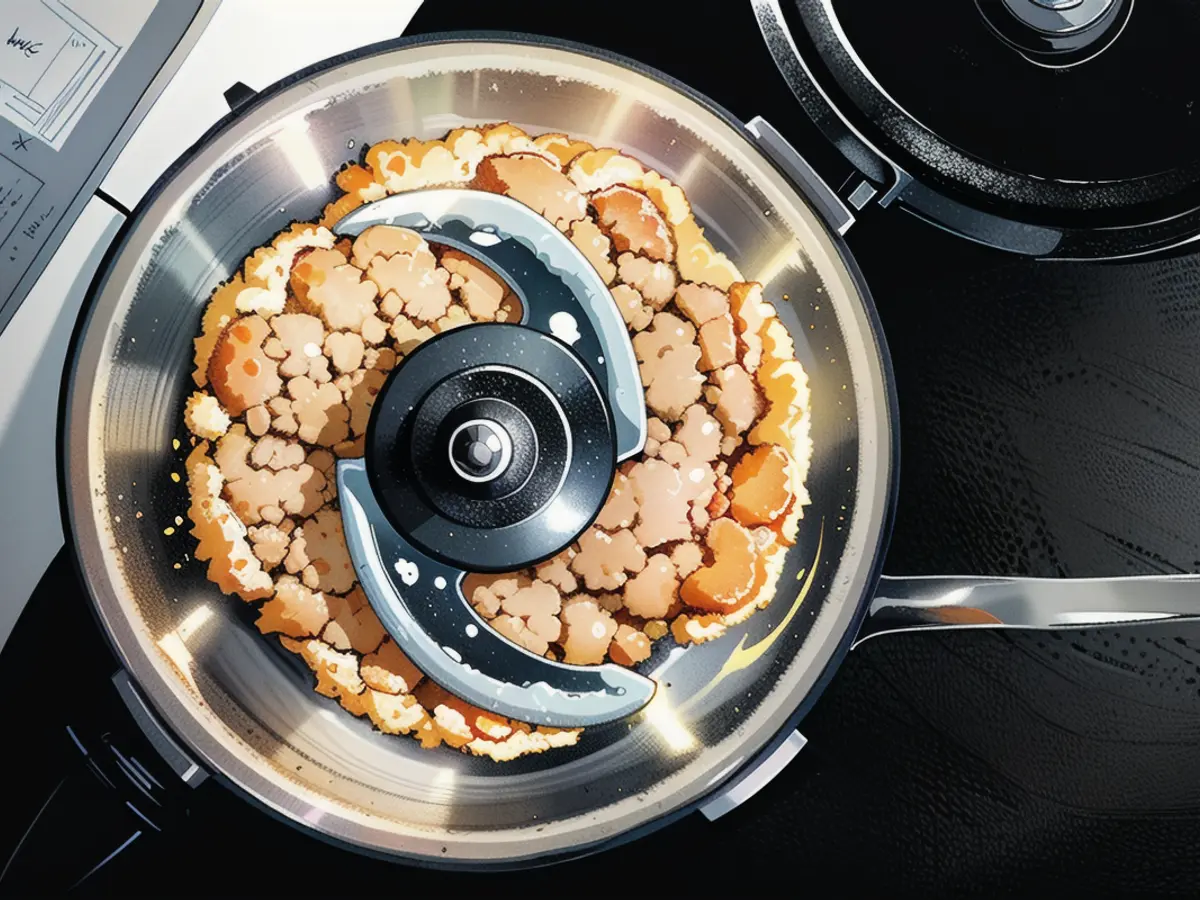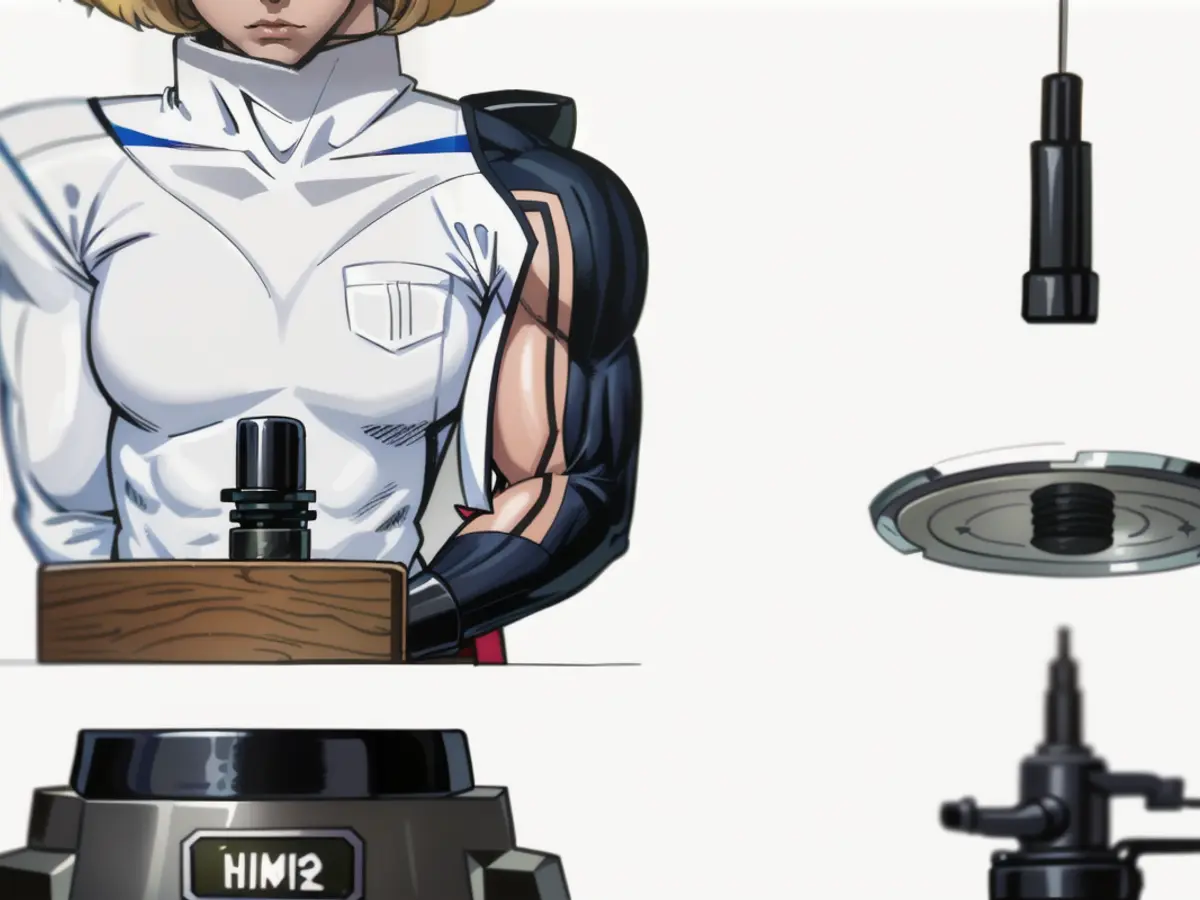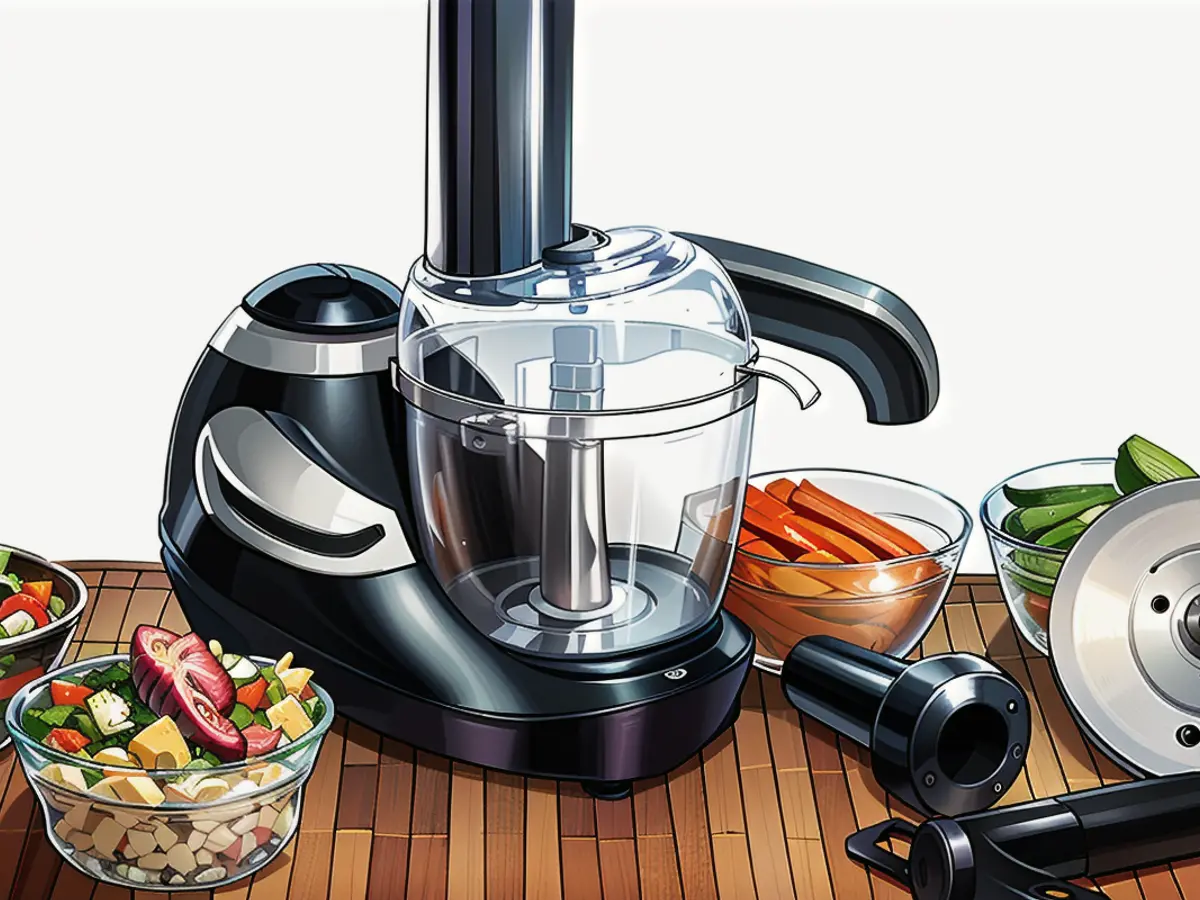Important Factors in Choosing a Food Processor
The best-equipped kitchen is one that has all the essential small appliances. Welcome to an initiative that aims to help you get your kitchen ready with the right tools – A Guide to Gearing Up Your Kitchen. Here, I'll be guiding you through the process of buying a good-quality food processor.
Food processors are extremely versatile kitchen tools that can transform raw ingredients into a variety of textures. If you've been considering purchasing one, your instincts are right. But before you go ahead and make that decision, it's essential to know what to look for in a food processor.
The inner workings
What is a food processor? Essentially, it's a device with four primary components: a motorized base, a container, a lid with a feed tube, and blades. The base houses the motor, which spins the blades as per the control settings. The container holds the food you want to process, and the lid with a feed tube guides the food into the blades for processing.
Food processors can handle different tasks based on the blades you fit into them. Some can simply mince or puree, while others can chop, slice, or grate. Multi-function machines are a great investment as they'll soon become an indispensable part of your kitchen arsenal, inspiring countless recipes and cooking adventures.
Speeds

Credit: Candice Bell / Shutterstock.com
The most basic food processors offer two basic functions: a single-state high speed and a pulse function. The high-speed setting is ideal for pureeing or quickly chopping a small amount of ingredients. The pulse function is better suited for evenly chopping large quantities or kneading dough.
More advanced food processors offer multiple speeds or have buttons named after the specific cutting function, like "chop," "puree," "shred," and "slice."
Cuts
The cutting abilities largely depend on the type of blade you use. Consider what you want the blades to do. Do you need a shredding assistant or are you getting ready for a burst of pie orders? If you're uncertain about when you'll use it, look for an all-purpose model.
- S-blade: This is the blade you'll likely use most frequently. It sits inside the food container and is responsible for chopping, from large cuts to mincing and pureeing. Some food processors include a plastic S-blade meant for mixing batters or kneading dough. Unlike a metal one, the plastic one is dull because it's not designed for shredding or slicing.
- Disks: Most food processors come with at least one two-sided disk. One side is for shredding, while the other is for slicing vegetables very thinly. These disks are circular and fit under the lid on top of the food container. Once you've secured the lid, you can turn on the motor, and the disk blade spins. When you feed food into the machine through the feed tube, it gets cut into thin slices or shreds. Advanced models offer adjustable slicing discs that allow you to create different thicknesses.

The mighty Ninja 9-cup Professional Plus Food Processor:
Priced at $99.99, the Ninja 9-cup Professional Plus Food Processor boasts a serious set of features. It comes with three blades and four functions (chopping, slicing, purees, and dough making). Whether you're whipping up a batch of cookies or making homemade pasta, this handy appliance has you covered.
If you're undecided between two similar-sized container options, such as a 10-cup and 12-cup, I'd suggest choosing the larger one. Just remember to be practical - if you only make two cups of onion dip, you don't really need a 12-cup food processor. On the other hand, if you don't have enough material for the blades to pick up, you'll encounter another issue.
There's a food processor for every kitchen, small, medium, and large:
- KitchenAid 3.5-cup Food Chopper
- Ninja Professional 9-cup Food Processor
- Breville 16-cup Sous Chef Food Processor

Shop Now$99.99$119.99Save $20.00
Not surprisingly, container capacity is closely linked to the machine's dimensions. The base of a particular brand model will typically remain the same, but the height of the container may vary depending on the capacity. If you have a limited cabinet space, you might need to compromise on container size.
Extra attachments
Now, if you thought that the excitement ended with "adjustable thickness slicing disks," think once more, food processor enthusiasts. With a powerful spinning device comes a plethora of additional playthings (although they might be quite useful to you).
Breville has a dicing kit with several blades, enabling your food processor to peel your potatoes before perfectly cube-cutting them (perfect for potato salad). Cuisinart offers a spiralizing attachment set for all your zoodles. And there's also the option of purchasing a second container with a continuous feed chute, so you don't need to interrupt your significant slicing tasks. If you're someone who loves add-ons, consider a brand with a wide range of slicing accessories, like Cuisinart or Breville.
Accessories and attachments that can broaden your processor's potential:

Credit: gcafotografia / Shutterstock.com
- Breville Dicing Kit with holder
- Cuisinart Spiral Accessory Kit
- Cuisinart Continuous Feed Attachment
As soon as you unbox your new item, prepare to embark on a world of endless recipe possibilities. Discover how to make 2-ingredient watermelon sherbet, produce fluffy whipped cream in a flash, batters, doughs, or create amazing dips. It's a vibrant place, but I believe you'll find it enjoyable.
Read also:
Source: lifehacker.com








